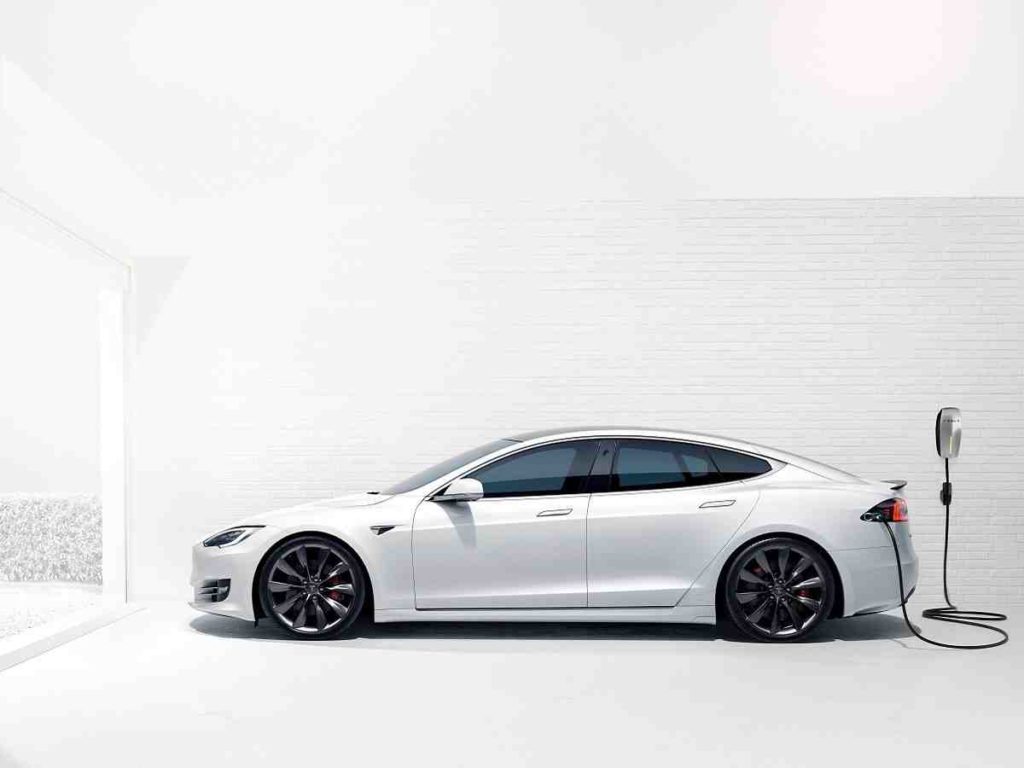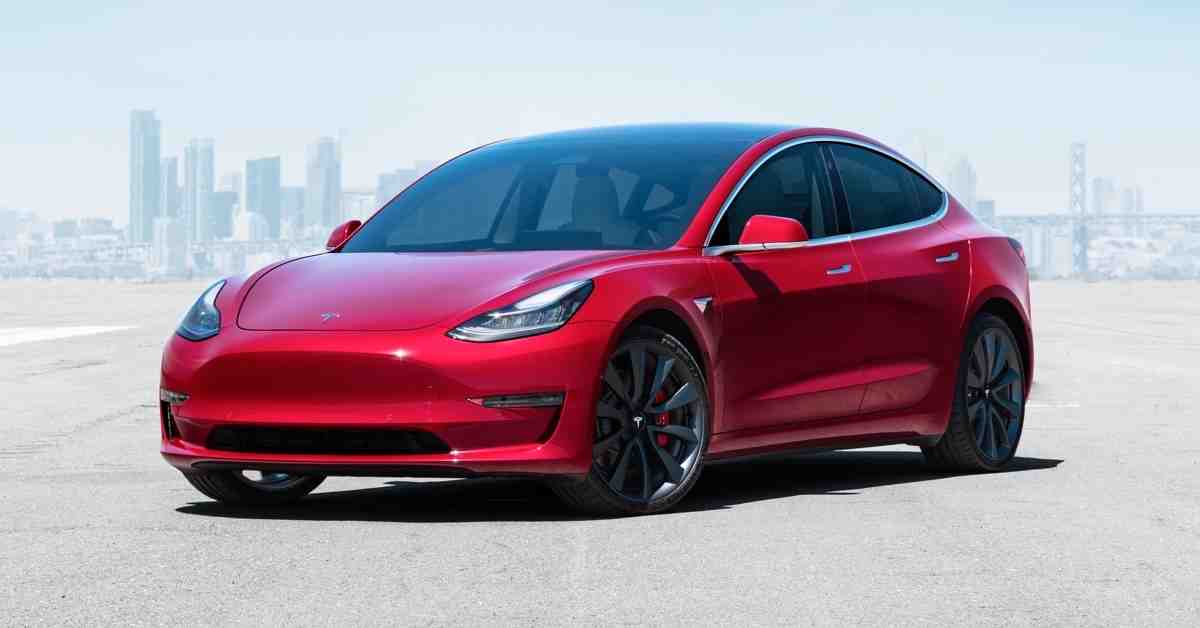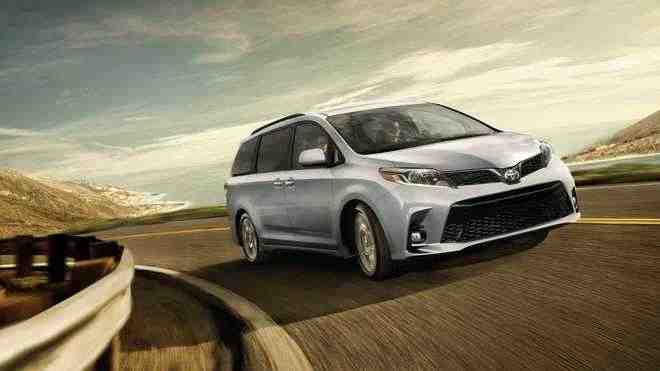Is it cheaper to charge EV at home?
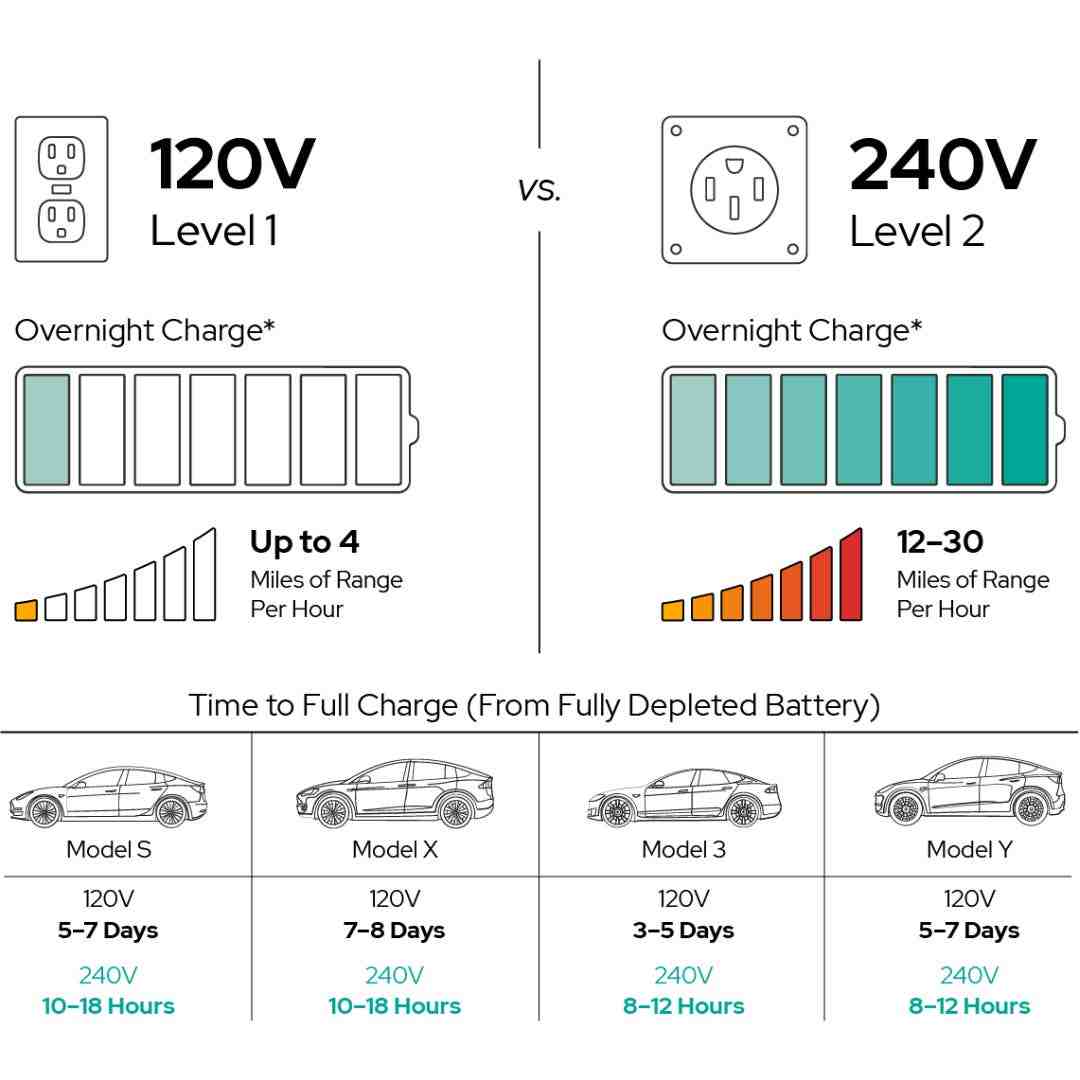
Charging an EV at home is usually the cheapest way, although you may incur additional costs to make the process more efficient. This may interest you : How much does it cost to put a Tesla charger in your home?. Depending on the type of public charging station you use, recharging your battery on the road can be free or surprisingly expensive.
Is charging an electric car more expensive? Charging an electric car usually adds $ 30 to $ 60 a month to your utility bill. Electric cars are generally cheaper to fuel and maintain than conventional cars, although they may be more expensive to buy. Some utilities offer discounts to electric car owners.
How much electricity does it take to charge an electric car at home?
If electricity costs 10.7 ¢ per kWh and a vehicle spends 27 kWh to cover 100 miles, the price per mile is about $ 0. See the article : Can you charge Tesla at home?.03. If electricity costs 10.7 ¢ per kilowatt-hour, charging an electric car with a range of 200 miles (assuming the 54 kWh battery is completely discharged) costs about $ 6 to fully charge.
How much home electricity does an electric car use?
The average electric vehicle needs 30 kilowatt-hours to cover 100 miles – the same amount of electricity that the average American home uses every day to power appliances, computers, lights, heating, and air conditioning.
How much electricity does an electric car use per month?
Keys to take with you. Electric car owners do most of their charging at home, not at public charging stations. Charging an electric car usually adds $ 30 to $ 60 a month to your utility bill.
How much does it actually cost to charge an electric car?
Although electricity costs vary, the average price in California is about 18 cents per kilowatt hour (kWh). Charging an electric car like a Nissan LEAF with a 40 kWh battery with a range of 150 miles would cost about $ 7 to fully charge. On the same subject : What problems do Teslas have?.
How much does it cost to charge an electric car at a public charging station in Canada?
Fortunately, most Level 3 stations are connected to both SAE-Combo and CHAdeMO, which means that any brand of car can be used at any Level 3 charging station across Canada and the United States. Most Level 3 charging stations charge a fee, and most charge an average of $ 15 per minute.
Is it cheaper to charge at home or at charging station?
Most charging stations charge in kilowatt hours (kWh) in terms of charging speed. Compared to charging a car at home, charging it at public charging stations is more expensive. At home, it would cost an average of twelve cents per kWh.
Is it expensive to charge your car at home?
In the case of an electric vehicle, you use about 394 kWh during this time. Using the US household average of nearly 14 cents per kWh as of January 2022, charging an electric car would cost about $ 55 a month.
Is ChargePoint cheaper than home?
If you buy an electric car, how often do you charge ChargePoint away from home? The average cost per kWh in ChargePoint is less than half the national average electricity price. Most fees are free because companies want you to visit.
Should you plug in Tesla every night?
We recommend that you connect the mains to the mains every night to charge the battery. What percentage should the battery be charged? For regular use, we recommend keeping your car within the “Daily” range, up to approximately 90%. It is best to save up to 100% charging if you are preparing for a longer trip.
Is it better to download Tesla every night? The short answer to the question is no. Generally, you should not charge your electric car every night. In most cases, this is not necessary. The practice of charging an electric vehicle every night can shorten the life of your car battery.
Is it OK to charge Tesla every day?
However, even if the mileage deteriorates, the low-range model should only be recharged approximately once every four days when driving on average, following strict battery condition guidelines. There is another advantage to charging every time you get home and it should not be overlooked.
Should I keep my Tesla plugged in all the time?
Always connect to the mains, always leave it in the mains. If you do not discharge it regularly, it will help to lower the battery life to a lower percentage. LI batteries are “happiest” about 50% and do not like extremes (> 90,
Is it better to charge Tesla every night?
There is probably no damage to the battery if you keep it plugged in all the time when you are not driving. Most people recommend that you always download your Tesla Model S. They say connect your Tesla whenever you want. Most people think that charging them too often will damage their car battery.
Should I leave my Tesla plugged in all the time?
Always connect to the mains, always leave it in the mains. If you do not discharge it regularly, it will help to lower the battery life to a lower percentage. LI batteries are “happiest” about 50% and do not like extremes (> 90,
What happens if I leave my Tesla plugged in?
If you leave the car plugged in, you can expect the car to remain at the same charging percentage if there are no power outages. However, if the car is not plugged in, it may charge significantly less when it returns.
Is it OK to leave Tesla plugged in for a week?
However, this is recommended and, as it is generally safe to connect and charge the car to the mains, it is safe to leave the car plugged in. Usually, electric drivers do it overnight anyway – it just feels different when you know it happens. be connected for days on days, weeks for weeks. However, don’t worry.
Can I install a Level 3 charger at home?
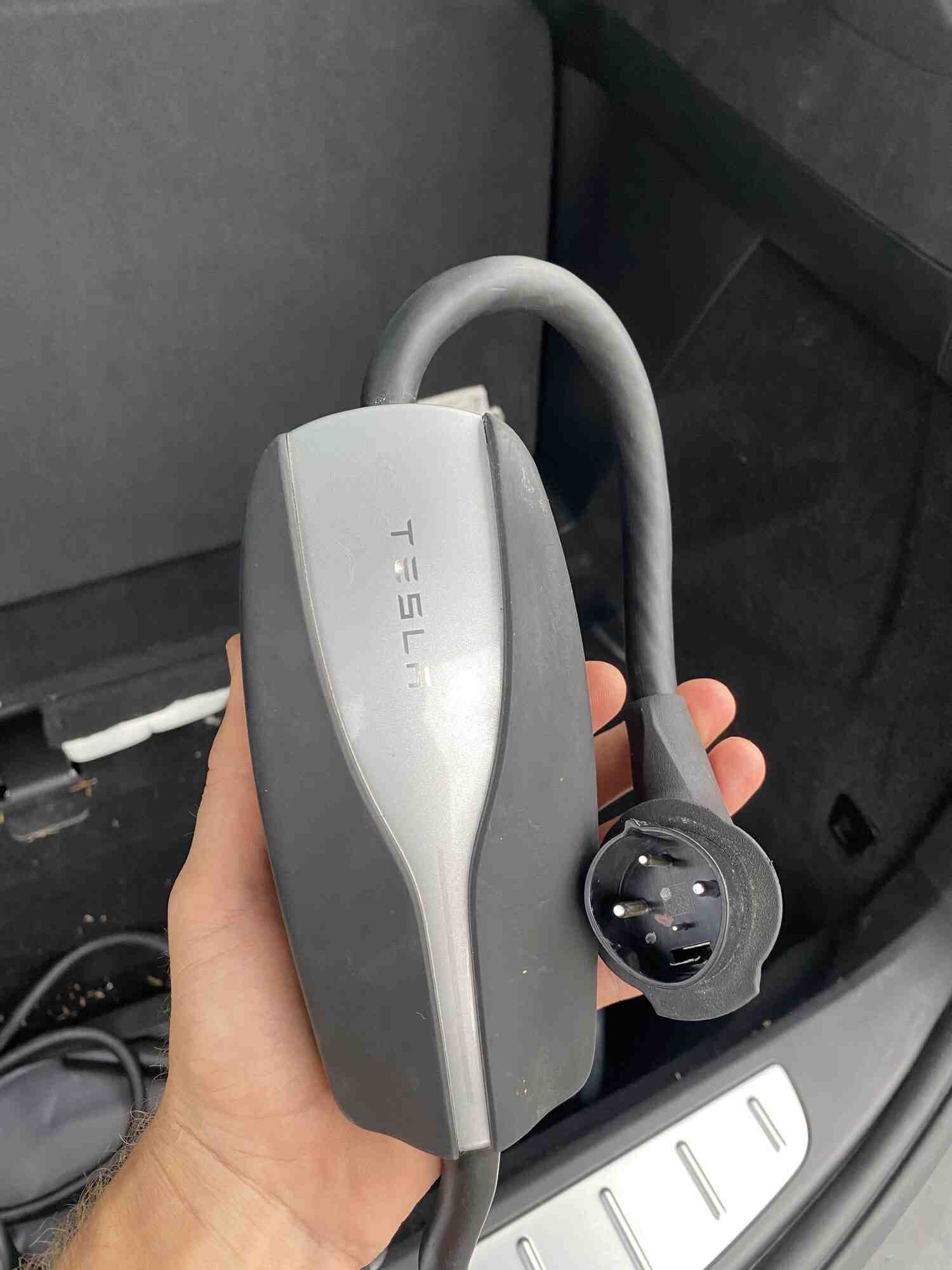
When it comes to using a DC fast charging system (or level 3), forget it. He was told that their high cost and high capacity made them unsuitable for home installation. This would be equivalent to building your own gas station to keep your car or truck running on fuel.
Can the quick charger be installed in the home? The high-speed DC charger is intended for industrial and commercial use and is not suitable for home installation. Public DC chargers cost you $ 0.40 to $ 0.60 per kW and can be found near malls, parking lots, or highways.
Can I install a Level 2 charger at home?
Level 2 chargers can be connected to the panel or simply connected to a 240 V socket. Permitting wiring can be more expensive and complicated. Cables are usually only needed to install the charger outdoors. Indoors, the charger is ideal for just plugging in.
How do I install a Level 2 charging station in my house?
Can I install my own EV charger?
Can I install my EV charging station myself? No, unless you are an electrician with experience installing EV chargers, do not do it yourself. Hire an experienced and certified installer at all times.
Can I install my own EV charger?
Can I install my EV charging station myself? No, unless you are an electrician with experience installing EV chargers, do not do it yourself. Hire an experienced and certified installer at all times.
Can I install Level 2 charger myself?
If you answered “yes” to all three questions: Excellent, Level 2 installation is probably fairly easy. If you already have a Level 2 outlet installed, you can easily connect it yourself. If you need a licensed electrician, keep reading to save money and effort.
How do you install an EV charger at home?
Can I install a Tesla home charger myself?
This wall outlet allows homeowners to install a high voltage charging system in their home without hiring an electrician. Just plug it in. The new wall socket offers faster charging time than the Gen 2 mobile socket, which also has a NEMA 14-50 socket.
How much will a Tesla Model 3 cost in 2020?
2020 Tesla Model 3 Overview The Tesla 5-seater Model 3 sedan offers the owner a wide electric range and a lot of technology, all starting at around $ 40,000. In addition, if the Model 3 is considered a luxury car, as some think, it was the best-selling luxury compact car in America in 2019.
How much does a Tesla Model 3 cost now?
2021 Tesla Model 3 Long Range: $ 51,990 The upgrade is fast from zero to sixty, in just 4.2 seconds.
How fast does a 120V outlet charge a Tesla?
Here is a breakdown of the charging methods and the approximate time it takes for Tesla to fully charge on an empty battery: Level 1 AC (120V outlet at home): 20-40 hours. AC Level 2 (Third Party Chargers / Tesla Chargers / Tesla Home Chargers): 8-12 hours. Level 3 DCFC (Tesla Charger): 15-25 minutes.
Can you charge your Tesla from a 120V outlet? Tesla owners can actually charge through a standard 120V outlet with a displacement charging adapter. It’s nicknamed “trickle” loading because it’s really very slow. No prepayment. The new Tesla owner will receive a 110/120 V adapter for connection to a standard home socket at no extra cost.
How long does it take to charge a Model 3 120V?
Although it would take four days to fully charge the car with the 120 V plug, that means it’s pretty good, with an added range of at least 125 miles based on your overnight charge at home, if it’s spread over the entire working week. in a week.
Can you charge a Tesla off a 120V outlet?
How long does it take to charge a Tesla Model 3 long range on 110v?
However, you can only charge slowly – with a radius of about 3 miles per hour. This is about as practical as filling the tank of a petrol car with an eye drop. It takes up to 4 full days to fully charge an empty Tesla car battery using a standard wall outlet.
How long does it take to charge a Tesla with a 110 outlet?
Buying a new Tesla is an exciting experience! Their mileage is great and the price is not huge compared to other luxury cars! However, it may take 20-40 hours to charge the car from the 110-volt socket!
How long does it take to charge a Tesla from a regular wall outlet?
The Tesla Electric Car Charger NEMA 14-50 plugs into a 240-volt wall outlet similar to your type of tumble dryer or other equipment. A standard Tesla charger with a NEMA 14-50 plug can fully charge your Tesla battery in 10 hours (for Model S) and up to 10 and a half hours (for Model X).
How long does it take to charge a Tesla with a 220 outlet?
Tesla Home Charging Time For most Teslades, a 220 V system takes only about an hour to charge from 40% to 80%, but it takes another two hours to charge from 80% to 100%.
How fast does a regular outlet charge a Tesla?
The Tesla Electric Car Charger NEMA 14-50 plugs into a 240-volt wall outlet similar to your type of tumble dryer or other equipment. A standard Tesla charger with a NEMA 14-50 plug can fully charge your Tesla battery in 10 hours (for Model S) and up to 10 and a half hours (for Model X).
Can you charge a Tesla with a regular home outlet?
Tesla will provide a list of recommended electricians in your area who can quote you. Can I use a standard 120 V socket for charging? You can use a NEMA 5-15 adapter for a 120-volt outlet. This gives a charging range of about two to four miles per hour, depending on the car.
How fast does a Tesla charge on a 240V outlet?
This is a 240 V socket on a 50 AMP circuit breaker. It charges the Tesla Model 3 at a speed of about 30 miles per hour. If you already have a 240V plug installed nearby, Tesla offers adapters for most outlets. The fastest and easiest way to charge Tesla at home is to use a Tesla wall plug.
Can I use my dryer outlet to charge my EV?
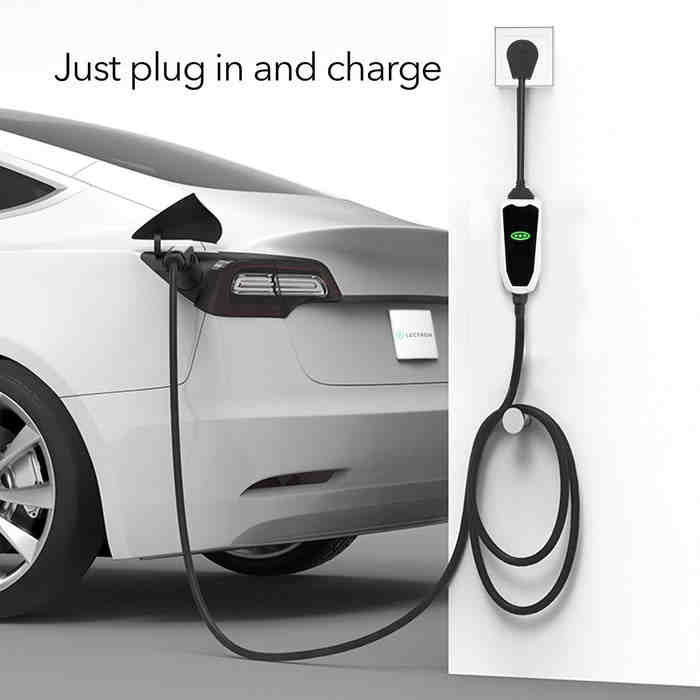
When you plug the dryer into an electrical outlet and place the dryer in the primary outlet, it will always charge when needed and will stop charging electric vehicles. When the laundry is full, it switches over and lets the car load.
Can I charge Tesla from the dryer socket? Our new NEMA 10-30 Gen 1 adapter allows you to charge your Tesla Model Sâ „¢ or Model Xâ„ ¢ Gen 1 UMC with a 30 amprise 3-wire dryer socket, usually found in homes built before 1996. This adapter is also fully compatible with the JESLA charger, which can be used with other electric vehicles.
Can I plug my EV into a 240V outlet?
You can charge your electric car with standard 120 V (V) home outlets (level 1), 208-240 V outlets, such as those used by your dryer (level 2), or special 480 V public fast chargers (DC Fast Charging).
What is a NEMA 14-50 outlet?
The NEMA 14-50 connector in the “50” name indicates the 50 amps maximum current required for a 40 amps home charging station for safety reasons described above. The NEMA 14-50 connector has two “heat”, ground and neutral. A 50 amp plug is usually recommended for the NEMA 14-50 as it is the most versatile option.
What kind of plug does the Chevy bolt use?
The Bolt EV uses a SAE Combined Charging Standard (CCS) combo connector for fast DC charging. You can use filters in the ChargePoint mobile app to find stations with a combo plug.
Can I plug my EV charger into my dryer outlet?
Designed specifically for use with JuiceBox 32 and JuiceBox 40 plug-in electric vehicle charging stations. May not work with other devices. This adapter connects the JuiceBox’s 240-volt NEMA 14-50P plug to a 240V wall outlet commonly used for newer household clothes dryers – sometimes referred to as a “new dryer”.
Can I plug my EV into any outlet?
Level 1. Level 1 is charged using a standard 120-volt plug. Today, new electric cars have portable chargers that allow you to plug into any 120-volt outlet.
Can you plug an EV into a 240V outlet?
240 V sockets for electric car chargers Some chargers allow you to connect both 120 V and 240 V sockets (source). Level 2 charging adds nearly 60 miles per charging time to the car, making it ideal for electric cars. They typically produce 16 to 40 amps of output power.
Can you charge an EV with a 220 outlet?
When you get an adapter, you can turn your 220-volt dryer outlet into an electric vehicle charging station in your home. It’s convenient for overnight charging. This type of charging can add up to 60 miles per hour of charging time, depending on your battery and vehicle.
Can I charge my Tesla with a 220 outlet?
The recommended home charging installation option for Tesla vehicles is a 240-volt NEMA 14-50 socket.
How long does it take to charge an electric car on a 220 outlet?
Home charging: For home charging with a 220V / 240V socket, you charge 100% in 6 hours and 5 minutes. Public charging: For public charging stations with high-speed DC chargers, the vehicle can be charged to 80% in 54 minutes.
Sources :
